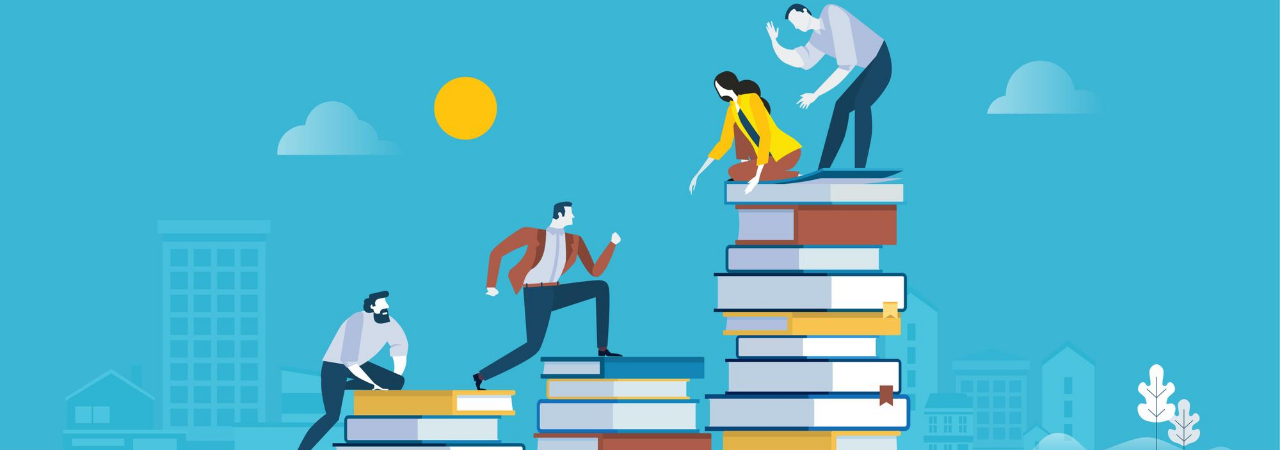
Whether you’re like me and are just starting your career, or you are a CEO with over 30 years of experience in the business world, there is one thing all professionals have in common:
The need to keep growing.
Professional development is key to learning new skills, staying relevant, and continuously improving performance. One of the most popular (and affordable!) ways to grow in your professional life is by reading books. I asked seven local professionals what books highly impacted their professional growth and taught them valuable life lessons.
Book Recommendations:
“Who Says Elephants Can’t Dance?” by Louis Gerstner
“The Energy Bus” by Jon Gordon
“The Go Giver” by Bob Burg
“The 7 Habits of Highly Effective People” by Stephen R. Covey
“Start With Why” by Simon Sinek
“The Creative Habit” by Twyla Tharp
“How to Mind-Read Your Customers” by David P. Snyder
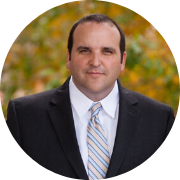 What is your name? Todd Dockery, SHRM-CP
What is your name? Todd Dockery, SHRM-CP
What is your job title, and where do you work? I am a full-time faculty member for UTC’s Gary W. Rollins College of Business.
What is a professional development book that impacted your life, and who is the author? “Who Says Elephants Can’t Dance?” by Louis Gerstner
Can you summarize the book in two to three sentences? The elephant in the title is referencing the International Business Machines Corporation (IBM), known as “Big Blue.” At one time, the large international company was considered too big to fail. However, the perception changed in the 1990s, when many people thought the organization had grown too big to survive. The book chronicles how Louis Gerstner and his team turned IBM around and kept the company profitable.
What is an aha moment you had while reading the book (a moment where a concept or statement impacted you deeply?) I had several “aha” moments when reading the book. There are three, in particular, that stick out to me:
- It is important to understand your company’s culture and ways to go about changing that culture if needed.
- It’s important to have a vision, but it is equally, if not more important, to ensure you execute that vision (oftentimes quickly) and learn from mistakes.
- The most important part of an organization is its people. They make and keep a company successful if given the right leadership, vision, and ability to get work done quickly and passionately.
Give an example of how you implement a lesson learned from the book into your professional life daily. As an HR professional for over two decades, I have worked in a variety of places that have had unique and vastly different cultures. No matter where I am at, I have learned that company culture should always be recognized, understood, and appreciated. I have learned that if an organization has a good culture, I can help cultivate it and enhance the culture for all employees. If the culture is toxic or non-productive, I must look at ways to implement change and be CERTAIN to include employees in the change processes.
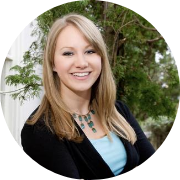 What is your name? Kelsey Hampton
What is your name? Kelsey Hampton
What is your job title, and where do you work? I’m an account executive for Lamar Outdoor.
What is a professional development book that impacted your life, and who is the author? ”The Energy Bus” by Jon Gordon
Can you summarize the book in two to three sentences? The book is all about the power of positivity at work and in life in general. Positivity is a mindset you have to carry every day (especially with the challenges that come with a sales role) and inspire your team to have, too.
What is an aha moment you had while reading the book (a moment where a concept or statement impacted you deeply?) I don’t want to give too much away…but there is a part where the main character decides to not only accept the bus ticket, but also decides to use his experience to create an energy bus of his own for his team. You’ll have to read it to see what I mean!
Give me an example of how you implement a lesson learned from the book into your professional life daily. Although I am no longer leading a team as I was when I worked as a Branch Manager at Enterprise Rent-A-Car, this book taught me how to be a supportive team member of my current sales team and company. I make sure to keep a routine mindset of staying focused on the positive. I’ve learned how to create my brand and how I want to be recognized. All of these things help me stay focused on my goals and create strong boundaries to any and all negativity.
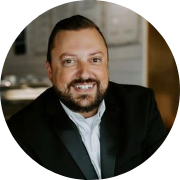 What is your name? Jeremy Moore
What is your name? Jeremy Moore
What is your job title, and where do you work? I’m the National Manager of Religious Institution Banking for Bank of the West.
What is a professional development book that impacted your life, and who is the author? “The Go Giver” by Bob Burg
Can you summarize the book in two to three sentences? The book is told in story/parable form (which for me, made it an easier read). It tells the story of a young man named Joe who is desperate for success. He’s a go-getter, but the more he works, the more he feels as if he is struggling to achieve what he is going after. He ends up seeking advice from Pinder, who is a legendary consultant, to learn the lessons behind success.
What is an aha moment you had while reading the book (a moment where a concept or statement impacted you deeply?) For me, even just the way the story is presented created an aha moment. If you want people to remember information, tell them a story about it. The key point of the book resonated with me: if you focus on giving, you’ll get more than you need.
Give me an example of how you implement a lesson learned from the book into your professional life daily. I try to give more than I get and implement a giver lifestyle in all aspects of my life.
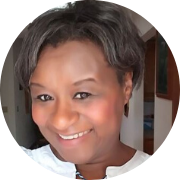 What is your name? Cynthia Wright, CPhT, MPAH
What is your name? Cynthia Wright, CPhT, MPAH
What is your job title, and where do you work? I am an instructor for UTC’s Pharmacy Technician Program, as well as an Allied Health Instructor at Georgia Northwestern Technical College.
What is a professional development book that impacted your life, and who is the author? “The 7 Habits of Highly Effective People” by Stephen R. Covey
Can you summarize the book in two to three sentences? This book taught me what it means to be true to myself, my morals, and my values. It also taught me how to learn from past difficult life experiences.
What is an aha moment you had while reading the book (a moment where a concept or statement impacted you deeply?) I had an aha moment when I read that “integrity is the highest form of loyalty.” Wow!
Give me an example of how you implement a lesson learned from the book into your professional life daily. I have learned to be more patient with others as they are learning, to accept and respect others’ vision, and to acknowledge the Creator as the giver of wisdom.
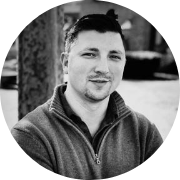 What is your name? Adam Lowe, PhD.
What is your name? Adam Lowe, PhD.
What is your job title, and where do you work? I am an instructor in public policy for Liberty University and am on contract with Thomas Nelson as an author.
What is a professional development book that impacted your life, and who is the author? ”Start With Why” by Simon Sinek
Can you summarize the book in two to three sentences? The book chronicles the importance of maintaining focus on the why in organizations and systems. It talks about the importance of making sure that the why remains understood.
What is an aha moment you had while reading the book (a moment where a concept or statement impacted you deeply?) There isn’t a specific aha moment that sticks out to me, as most of the book covered material I had already learned. However, it was good to see someone put the information in a packaged form.
Give me an example of how you implement a lesson learned from the book into your professional life daily. After reading the book, I often find myself asking “why?” especially in moments of confusion or decline. I now consciously think about and ask myself, “Why do people do the things they do?”
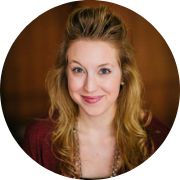 What is your name? Amanda Ellis
What is your name? Amanda Ellis
What is your job title, and where do you work? I am the Marketing and Communications Manager for the Chattanooga Chamber of Commerce.
What is a professional development book that impacted your life, and who is the author? ”The Creative Habit” by Twyla Tharp
Can you summarize the book in two to three sentences? Renowned dance choreographer Twyla Tharp walks through how to be creative, regardless of your profession or artistic inclination. The book gives specific exercises to try when you need to spark creativity, and its main premise is that we can all develop a creative habit through preparation and effort.
What is an aha moment you had while reading the book (a moment where a concept or statement impacted you deeply?) In Chapter 7, Tharp discusses things that affect the creative process—things like over-planning, perfectionism, and how constrictions can actually help the creative process. Her discussion of how having many resources can actually be paralyzing caught my attention. Have you ever noticed you’ve created better outcomes with less at your disposal? That’s essentially what people are getting at when they say that they work better under a deadline crunch. If we had unlimited resources for everything, what need would we have for creative problem-solving? I found that thought-provoking.
Give me an example of how you implement a lesson learned from the book into your professional life daily. One of the book’s creative exercises is called ‘Build a Bridge to the Next Day,’ and it suggests you stop working for the day while you still have some energy left, and ideally at a point that you know exactly where to pick up when you start working again. I’ve found this tip helps me avoid burnout and helps me get back into work smoothly the next day (especially as a non-morning person!)
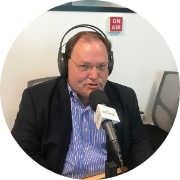 What is your name? Chris Barnes, CPIM, CLTD, CSCP
What is your name? Chris Barnes, CPIM, CLTD, CSCP
What is your job title, and where do you work? I am the Executive Director for APICS Atlanta and am also a partner and producer for Supply Chain Now.
What is a professional development book that impacted your life, and who is the author? “How to Mind-Read Your Customers” by David P. Snyder
Can you summarize the book in two to three sentences? “How to Mind-Read Your Customers” has a catchy title and sounds like a sales book (and in some ways, it is one). However, when you apply the concepts and practices to your life, it helps you improve communications with anyone you interact with. The book takes the popular DISC behavioral model and helps you say things the way people prefer to hear them. It is not about being dishonest or Machiavellian; rather, understanding different people have different ways they receive and process data.
What is an aha moment you had while reading the book (a moment where a concept or statement impacted you deeply?) As someone who received their MBA degree in Industrial Psychology, I have always been a fan of the DISC behavioral profile model. DISC has 4 categories people are placed in: Drive (D), Influencing (I), Steadfastness (S), and Conscientious (C). Each category has characteristics that people in that category typically possess, like mannerisms, how they react under stress, and how they communicate. As I read the book, I began to appreciate the concepts applied to everyday communications. If you make an effort to determine the DISC category of the information recipient, you improve the potential for successful communication.
Give me an example of how you implement a lesson learned from the book into your professional life daily. Throughout my career, I have kept the key points from the book in my mind as I both communicated with future buyers and when I’ve had the opportunity to work with students. As an “I,” my style is to be friendly and talkative. I tend to ask students questions and try to draw people into discussions. When I am leading a class or workshop, I find it helpful to make an effort to try to understand each attendee. This understanding can come from informally observing their in-class interactions over time or formally as I ask each person to answer an audience analysis beforehand. The goal is to gain a better understanding of how I can communicate with students and attendees and then improve their overall learning experience.
ABOUT THE AUTHOR:

Hi! My name is Marah Whitaker (think Laura with an M). I am the Marketing Assistant for UTC Center for Professional Education. During the workday, I spend time writing blog posts, creating content for social media, developing email campaigns, and building relationships with our customer base. During my free time, you can find me getting lost in a good book, having spontaneous dance parties, playing piano, and going to Buffalo Wild Wings on Wing Night. Professionally and personally, I aspire to live by the Mr. Feeny quote, “Dream. Believe. Try. Do Good.” I strive to use my passions to serve others and contribute positively to the world around me.
Connect with me on LinkedIn.